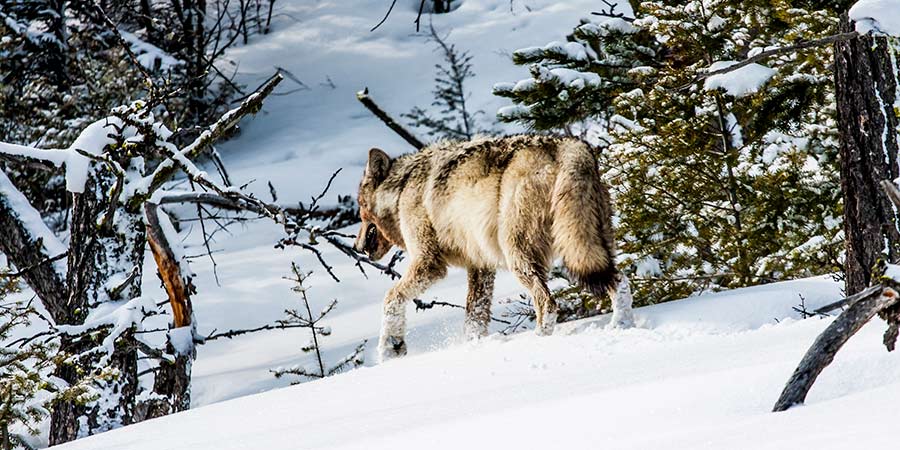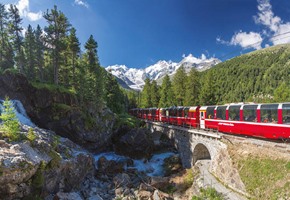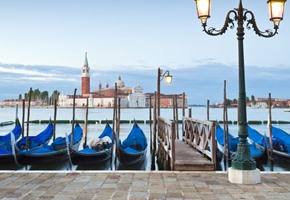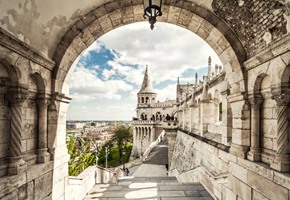We all know that Yellowstone has an incredible amount of natural beauty. Old Faithful, Mammoth Hot Springs, Yellowstone Lake, and the Lamar Valley are just a few of the awe-inspiring sights created and controlled entirely by nature. We're not going to talk about any of them in this blog, however, because this one is entirely focused on the wonderful world of the wildlife that calls Yellowstone home.
We begin with the Elk. Nothing can quite prepare you for the enormity of these animals, which to those of us who haven't seen them, just look like deer. In fact, the males can grow up to 1.5 meters tall, as opposed to our own roe deer which only grow to around 75 centimetres. The most striking part of the male Elk is the antlers, enormous bones that are used by the elk for fighting and to attract a mate. Because these large herbivores ran rampant around the park for many years, their habits differ slightly from seeing an elk in the true wild - rather than hiding in the trees, the elk preferred to graze in the middle of large, open spaces, wreaking havoc on regrowth efforts for various plants. Due to the wolves, however, they've now been pushed back to the safe shelter of the trees.
One of the rarest creatures in the park is the Canada lynx. The lynx is so rare, that it took four years to conclude whether or not there were actually lynx in the park, and this was concluded in 2005, so anything could have changed since then. Shy by nature, this enormous cat with characteristic tufted ears, and although they're rampant in Canada (hence the name), no one is entirely sure how they got all the way down to Yellowstone. On visits to Yellowstone, don't be disappointed if you don't manage to spot one - even biologists trained to track them have a difficult time!
Moving on to the animals with wings, what blog about the animals of America would be complete without the American bald eagle? The national bird of the United States can be found in Yellowstone. Although it was once considered one of the most threatened bird species in the world, it has enjoyed a massive resurgence, and a few breeding pairs have actually made their homes here. With enormous talons, and iconic colourings of white and a rich brown, this is undoubtedly one of the most beautiful birds that Yellowstone has to offer.
Last, but certainly not least, we come to of the most recent additions of Yellowstone the stunning gray wolf. These creatures were actually native to the park when it first became established, but they were hunted to near decimation in the early 20th century, before vanishing completely from the park around the 70s. In 1995, they were gradually re-introduced, and what an effect it's had! Because the herbivore animals didn't really have anything to control their populations, they bred massively, altering huge swathes of the landscape and flora of the park.
With wolves now acting as the apex predator, the population of the herbivorous animals is now far more controlled, allowing the growth of a larger variety of vegetation, including aspen and willow trees. This means that other animals, like beavers, have now begun to breed more, leading to more dams, leading to an even wider display of natural beauty controlled by nature!
According to recent figures there are at least 98 wolves that now call Yellowstone home in around 10 packs. Seeing one in its natural habitat in the United States is, undoubtedly, one of the highlights of an animal lovers bucket list, and even if you don't see one, Yellowstone itself is well worth the visit!






